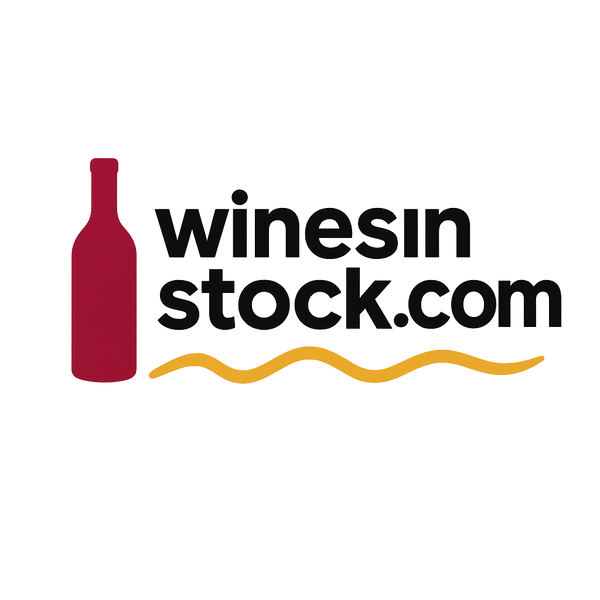
Emerging AI Tools in Wine Valuation
Share
The Rise of AI in the World of Wine
As the wine industry embraces technological advancements, the integration of artificial intelligence has become a transformative force. AI tools are reshaping traditional valuation methods, offering unprecedented accuracy and efficiency. By analyzing vast datasets—ranging from historical pricing trends to climate conditions—AI can predict future wine values with remarkable precision. This evolution is not merely about numbers; it also enhances the sensory experience of wine appreciation. Machine learning algorithms can assess flavor profiles and suggest optimal pairings, creating a more personalized journey for consumers.
Moreover, AI-driven platforms facilitate better decision-making for producers and investors alike. By identifying emerging trends and consumer preferences, these tools empower stakeholders to make informed choices that align with market demands. As the wine landscape continues to evolve, the blend of tradition and innovation through AI promises to elevate the industry, ensuring that both connoisseurs and novices can appreciate the complexities of wine with newfound clarity and insight.
Key AI Technologies Transforming Wine Valuation
As the wine industry embraces technological advancements, several key AI technologies are emerging as transformative forces in wine valuation. Machine learning algorithms, for instance, are revolutionizing how data is analyzed, allowing for more accurate predictions of a wine's market value based on historical sales data, vintage characteristics, and even weather patterns during the growing season. These algorithms can identify trends that human analysts might overlook, providing insights that enhance decision-making for collectors and investors alike.
Natural language processing (NLP) is another critical technology reshaping wine valuation. By analyzing reviews, ratings, and social media sentiment, NLP tools can gauge consumer preferences and market trends, offering a more comprehensive understanding of a wine's desirability. This data-driven approach not only refines valuation models but also helps wineries tailor their offerings to meet evolving consumer tastes.
Furthermore, image recognition technology is gaining traction, enabling the assessment of wine labels and bottle conditions. By automating the inspection process, it ensures that valuations reflect both aesthetic and quality factors, ultimately fostering a more robust marketplace. Together, these AI technologies are not just enhancing valuation accuracy; they are redefining the landscape of wine investment and collection.
Challenges and Future Prospects for AI in Wine Analytics
As the integration of AI in wine analytics progresses, several challenges emerge that could hinder its full potential. One significant issue is the quality and availability of data. Wine valuation relies heavily on historical data, which can be inconsistent or incomplete. This inconsistency can lead to inaccurate predictions and valuations, undermining the trust in AI-driven insights. Moreover, the wine industry is characterized by its diversity, with varying terroirs, grape varieties, and production methods, making it difficult for AI models to generalize across different contexts.
Looking ahead, the future prospects for AI in wine analytics remain promising. As technology advances, the ability to collect and analyze vast amounts of data will improve, allowing for more refined models that can accommodate the complexities of the wine market. Additionally, the growing interest in sustainability and organic practices may drive the development of AI tools tailored to these emerging trends. By addressing current challenges and embracing innovation, the wine industry can harness AI to enhance valuation processes, streamline operations, and ultimately foster a deeper appreciation for the artistry of winemaking.
